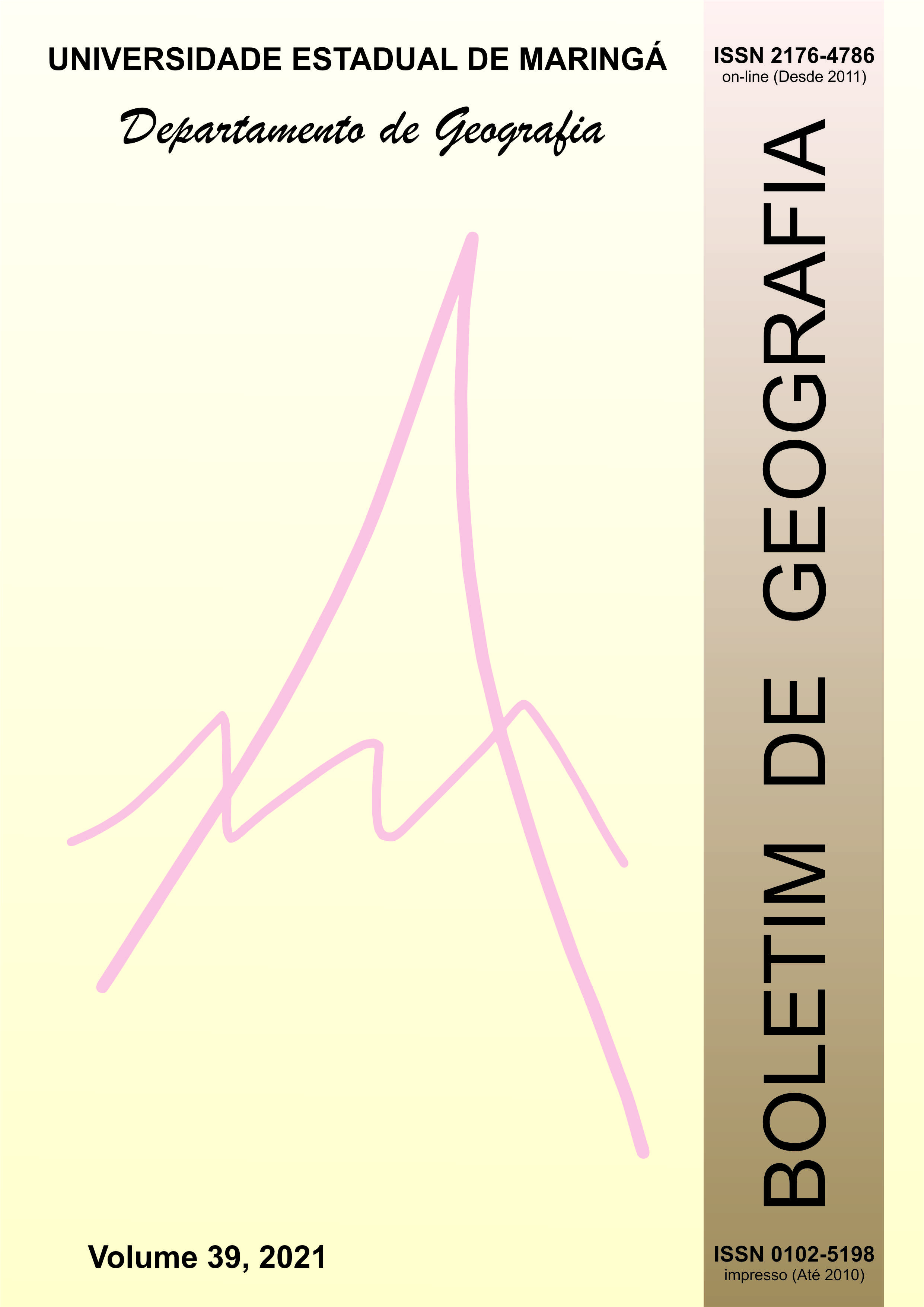Mapping of urban vegetation cover for Natal/RN using Google Earth images
Abstract
Vegetation cover is an element of the urban environment that offers several benefits for society, but historically it has been suppressed by occupation. The analysis of its quantification and spatial distribution offers support to the environ-mental management of cities. The municipality of Natal is the capital of the state of Rio Grande do Norte, considered by its Master Plan is entirely urban and made up of several Environmental Protection Zones (EPZs) inside. The Google Earth PRO® software is based on a mosaic of satellite images whose subme-tric resolution allows the mapping of urban vegetation. The aim of the research is to analyze the spatial distribution of vegetation cover in the municipality and the importance of Environmental Protection Zones in this context. The methodological procedures consisted in the quantification and mapping of the distribution of vegetation cover using segmentation and supervised classification of images of the years 2012 and 2013. It was found that Natal has 4,626 hectares of vegetation cover (naturals and planted), distributed in 153,891 fragments. More than 60% of the vegetation cover area is located in the Environmental Protection Zones and 83% of the fragments have an area between 10 m² and 100 m². Natal presents a Vegetation Cover Index of 27.5% and 54.2 m² of vegetation cover for each inhabitant. Although relatively high, the vegetation cover is not regularly distributed, with larger areas in the peripheral neighborhoods with the presence of ZPAs, highlighting the importance of these areas for maintaining vegetation, biodiversity and ecosystem services.
Downloads
Copyright (c) 2021 Boletim de Geografia

This work is licensed under a Creative Commons Attribution 4.0 International License.
O Boletim de Geografia está licenciado através da Creative Commons Atribuição 4.0 Internacional (CC BY 4.0).
Autores que realizam submissões ao Boletim de Geografia concordam com os sequintes termos:
- Autores retêm todos os direitos autorais e concedem à Revista direitos exclusivos da primeira publicação, com o artigo licenciado sob os termos da Creative Commons Atribuição 4.0 Internacional (CC BY 4.0).
- Após a publicação, fica permitido ao autor a republicação em qualquer outros meios de divulgação, desde que mencionada a fonte original.












